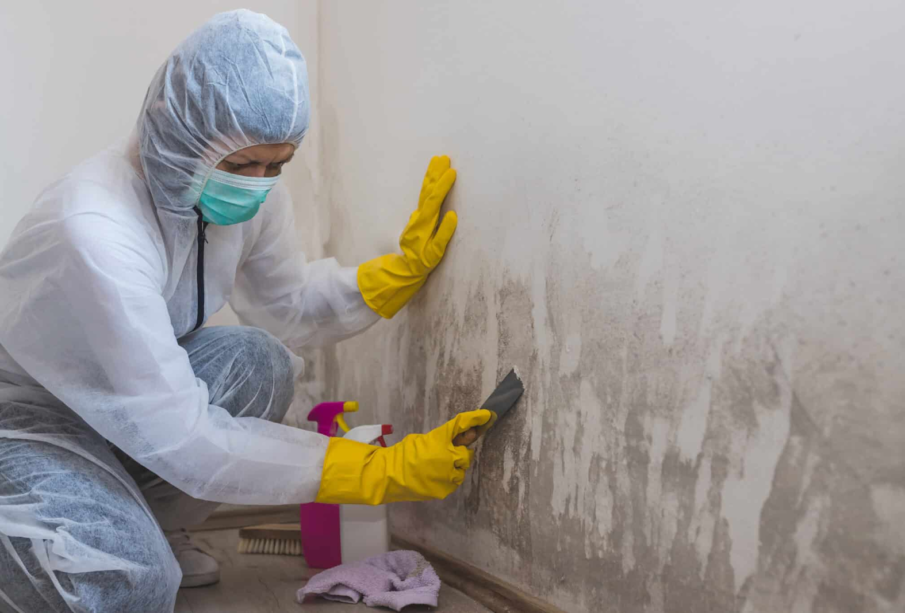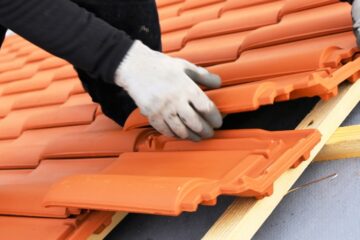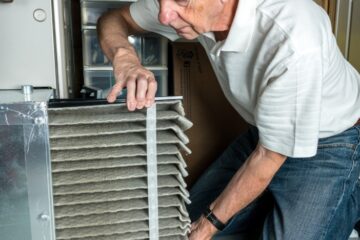How to Handle Mold Cleanup: Key Considerations for Homeowners

Mold contamination can pose serious health risks and structural damage to your home if left unchecked. Effective mold cleanup is essential to ensuring a safe and healthy living environment. This article provides a comprehensive guide for homeowners on how to handle mold cleanup, emphasizing critical considerations to keep in mind.
Understanding Mold Contamination
Before diving into mold cleanup procedures, it’s crucial to understand what mold is and how it can affect your home. Mold is a type of fungus that thrives in damp, warm, and poorly ventilated areas. It can cause health issues, including respiratory problems, allergic reactions, and sinus infections. Additionally, mold can damage building materials and furnishings, leading to costly repairs.
Identifying the Source of Moisture
The first step in mold cleanup is identifying and addressing the source of moisture. Mold requires moisture to grow, so without resolving the underlying issue, the mold is likely to return. Common sources of moisture include:
- Leaks: Check for leaks in pipes, roofs, and walls.
- Condensation: Ensure proper ventilation in areas prone to condensation, such as bathrooms and kitchens.
- Flooding: Address any water intrusion from external sources, such as heavy rains or flooding.
Fixing these issues is vital before beginning the mold cleanup process to prevent future mold growth.
Assessing the Extent of Mold Contamination
Determining the extent of mold contamination helps in planning the cleanup process effectively. Mold can grow on various surfaces, including drywall, wood, and insulation. It is essential to assess the following:
- Visible Mold: Check for visible mold growth on walls, ceilings, and floors.
- Hidden Mold: Mold can also grow behind walls, under flooring, and in attic spaces. Use a moisture meter to identify hidden mold by measuring moisture levels in building materials.
If the contamination covers more than 10 square feet, it is advisable to consult a professional mold remediation specialist. For smaller areas, homeowners can manage the cleanup with appropriate precautions.
Safety Precautions During Mold Cleanup
Mold cleanup involves handling potentially hazardous materials. Ensuring safety is paramount to protect yourself and your family. Follow these precautions:
- Personal Protective Equipment (PPE): Wear appropriate PPE, including gloves, masks (N95 respirators), and goggles. This protects against inhaling mold spores and direct skin contact.
- Ventilation: Ensure adequate ventilation in the affected area to disperse mold spores. Open windows and use fans to increase air circulation.
- Containment: Use plastic sheeting to contain the affected area and prevent the spread of mold spores to other parts of the home.
Mold Cleanup Procedures
Once safety measures are in place, follow these steps for effective mold cleanup:
- Remove Contaminated Materials: Dispose of mold-infested materials that cannot be cleaned, such as drywall, insulation, and carpeting. Place them in sealed bags to prevent spore dispersal.
- Clean Surfaces: For non-porous surfaces (e.g., metal, glass), clean with a detergent solution and a brush. Rinse with clean water and dry thoroughly. For porous materials (e.g., wood), use a commercial mold cleaner and ensure the surface is completely dry.
- Decontaminate and Dry: Use dehumidifiers and fans to dry out the area. Mold thrives in moisture, so maintaining low humidity levels is crucial.
- Inspect and Repair: After cleanup, inspect the area to ensure all mold is removed. Repair any damaged structures or materials. Repainting or refinishing affected surfaces should only be done after confirming that the mold is entirely gone.
Prevention Strategies
To prevent future mold growth, implement the following strategies:
- Control Humidity: Keep indoor humidity levels below 60% using dehumidifiers and air conditioners.
- Regular Maintenance: Inspect your home regularly for leaks, mold, and moisture issues. Address any problems promptly.
- Proper Ventilation: Ensure proper ventilation in areas prone to moisture, such as bathrooms and kitchens. Install exhaust fans if necessary.
When to Seek Professional Help
In some cases, mold cleanup may be beyond the scope of DIY efforts. Professional mold remediation services are recommended when:
- The mold contamination is extensive or involves hidden areas.
- The affected materials are difficult to clean or replace.
- The homeowner is unsure about handling the cleanup safely.
Professional remediation services have the expertise and equipment to manage severe mold issues and ensure a thorough and effective cleanup process.
Conclusion
Handling mold cleanup effectively requires a strategic approach and careful attention to safety and prevention. By identifying and addressing moisture sources, following proper cleanup procedures, and implementing preventive measures, homeowners can manage mold issues and maintain a healthy living environment. If the contamination is significant, seeking professional assistance ensures comprehensive and safe mold removal.











